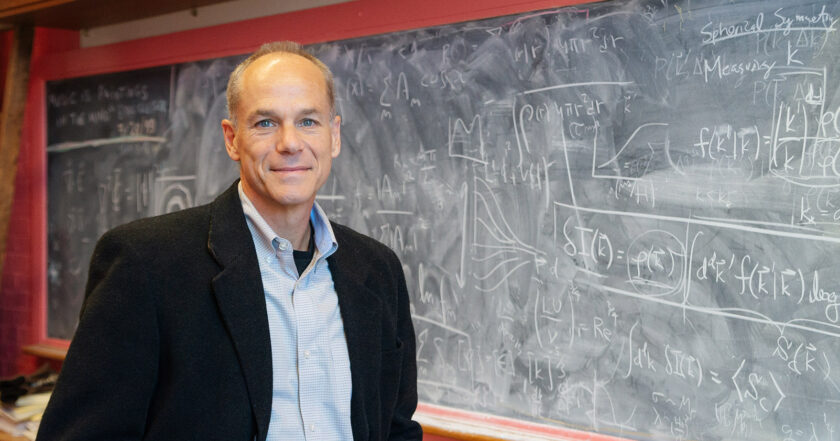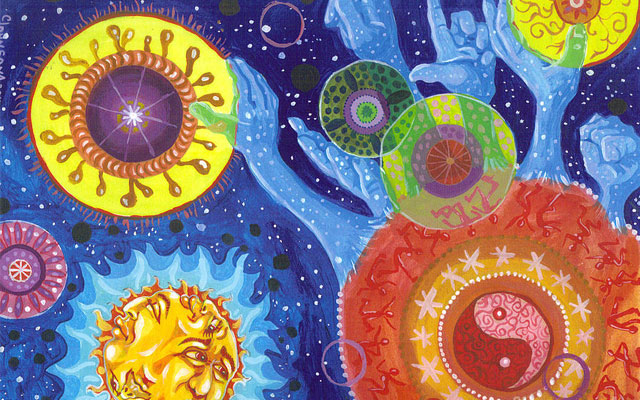Marcelo Gleiser, the award-winning professor of physics, explores the moving cosmos in his book The Dancing Universe : From Creation Myths to the Big Bang :
Physics is a game played with nature.

He proclaims that science and spirituality are tightly knit. Here is what they have in common :
- The laws of causality govern both.
- In each domain, everything happens with a cause.
- We must use reason to understand both.
- Observation and experience are necessary to understand a happening.
- They aim to integrate their knowledge to real life scenarios.
- Their quest is reaching the Truth.
He quotes from the renowned physicist, Richard Feynman :
Imagine that the world is something like a great chess game being played by the gods, and we are observers of the game. We do not know what the rules of the game are; all we are allowed to do is to watch the playing. Of course, if we watch long enough, we may eventually catch on to a few rules. The rules of the game are what we call fundamental physics.
Gleiser notes that “We can interpret this in two ways. First: physics is fun; second: it’s more, it is the language of the gods…”
When we think about the source of the universe we start reflecting about the origin of the Universe, we realize that we must confront some very fundamental problems. How can we comprehend the origin of everything? If we assume that “something” has created “ everything,” we fall into an infinite regression; who then created “ something” that created “everything” ? If we say that “nothing” existed before anything, we are implicitly assuming the existence of “everything” that is its opposite. The absurd limit of this is seen in the dialogue between Alice and the Red King, in Lewis Carroll’s Through the Looking Glass, when the Red King asks Alice: “What do you see ? ” to which Alice answers “Nothing .” The King, impressed, comments, “ What good eyes you have ! ”
Gleiser links the ancient myths of creation to what contemporary physics has found about the creation of the universe. In the end, one fascinatingly finds that us humans are among the “ little and fast things, ” in dance with the universe.
Gleiser, M. 2005. The Dancing Universe: From Creation Myths to the Big Bang. New Hampshire: Dartmouth College Press.








